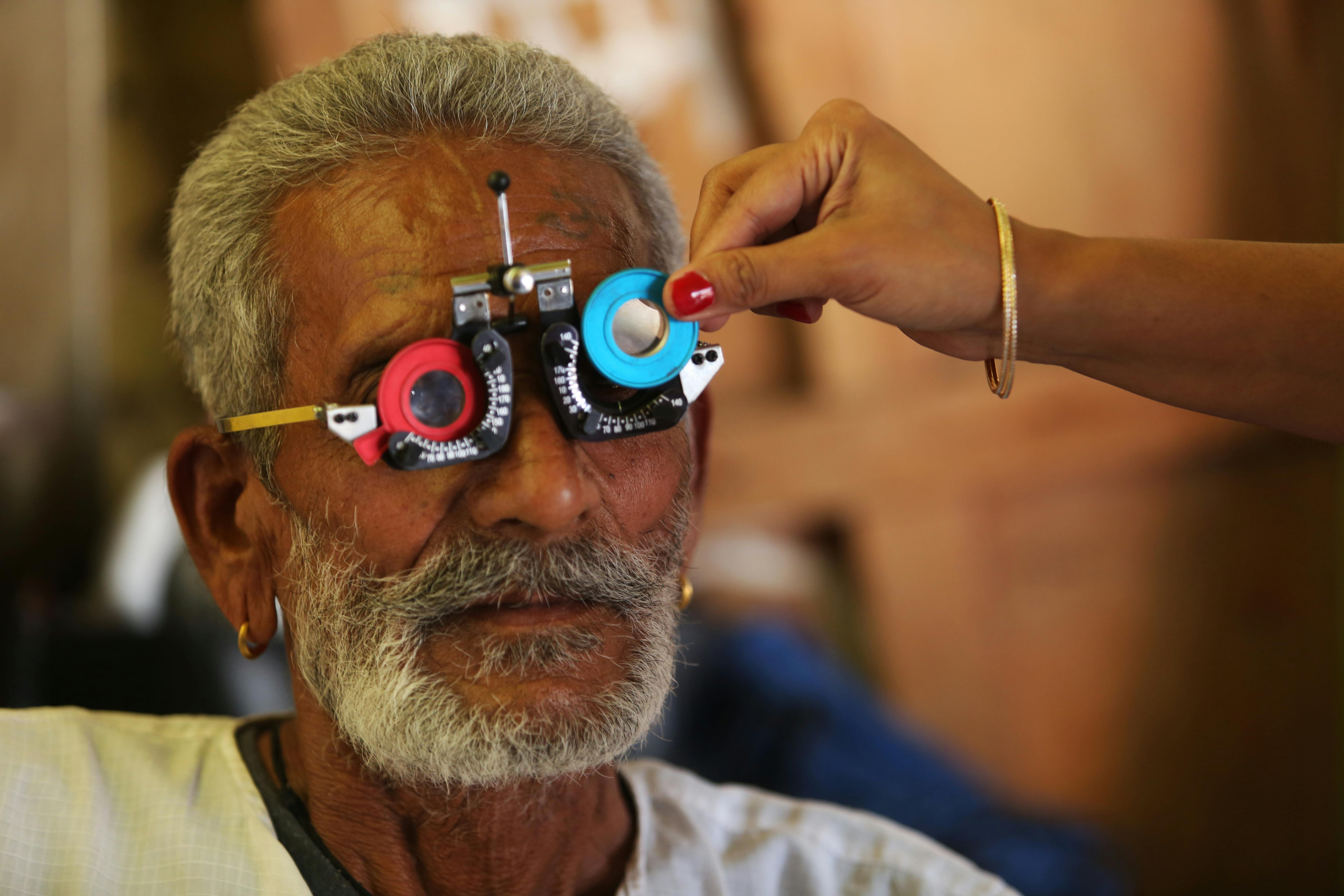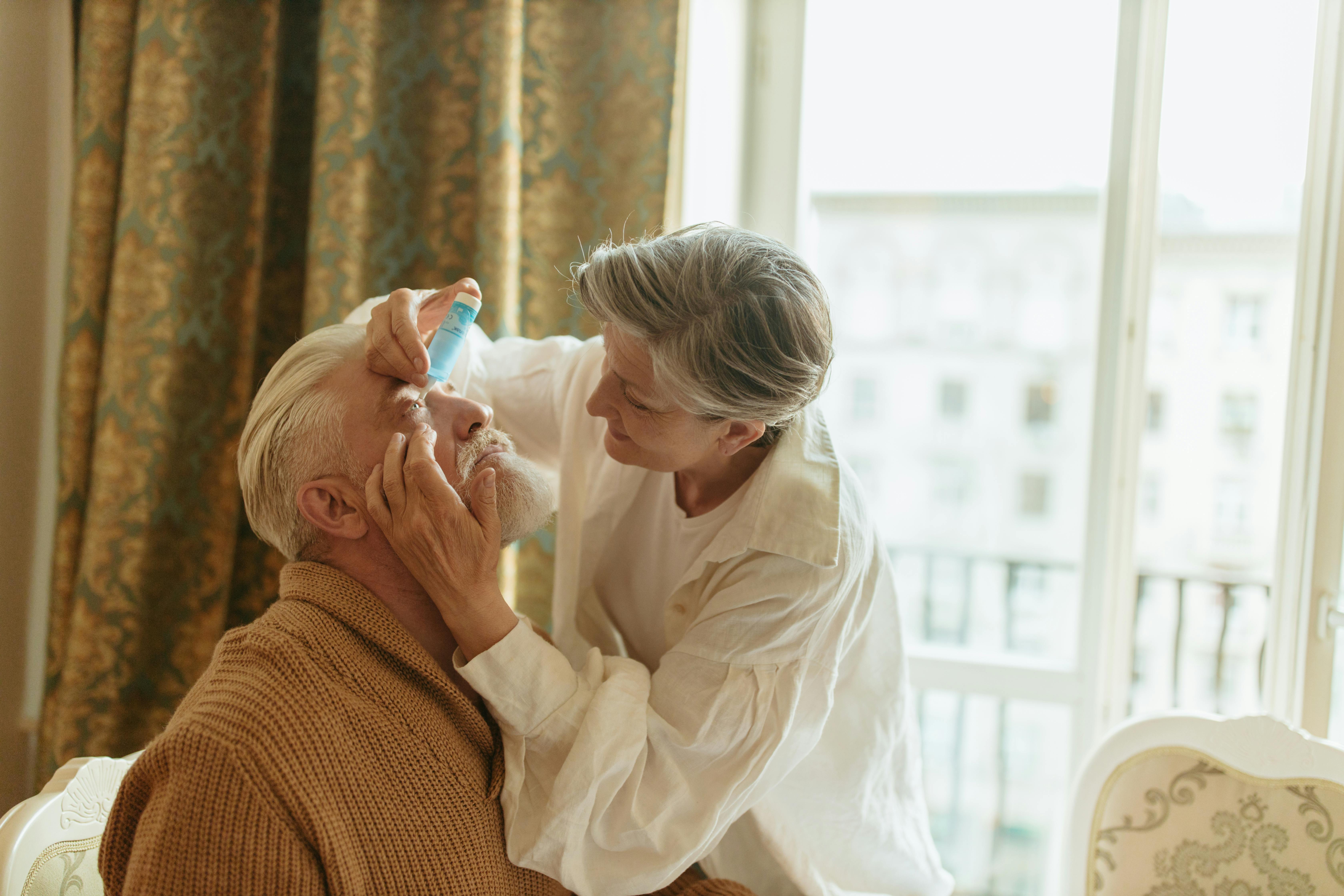
Like many of you already know, as we get older, everything changes. One minute we’re young and vibrant, staying out until 3 AM, and the next we wake up and everything hurts, we’re exhausted if we're not in bed by 9 PM, and we have a vegetable garden in the backyard. Not only does everything start hurting as soon as you turned 30 (speaking from experience), but aging adults also often face a range of eye health issues that can impact their vision and overall quality of life. In this blog post, we will delve into the specific eye care needs of older adults, focusing on age-related macular degeneration, cataracts, glaucoma, and dry eyes. We will explore prevention strategies, treatment options, and emphasize the importance of regular eye exams in maintaining optimal eye health.

1. Age-Related Macular Degeneration (AMD): Age-related macular degeneration is a leading cause of vision loss among older adults. It affects the central part of the retina, known as the macula, which is responsible for sharp, central vision. There are two types of AMD: dry AMD and wet AMD. While there is no cure for AMD, certain preventive measures and treatment options can help manage the condition. These may include a healthy diet rich in antioxidants, regular exercise, avoiding smoking, and the use of specific medications or interventions for wet AMD.
2. Cataracts: Contrary to popular belief, cataracts are not a disease! They are normal, and will occur in everyone who lives long enough. Cataracts are characterized by the clouding of the lens inside the eye. Symptoms may include blurry vision, difficulty seeing at night, and increased sensitivity to glare. Cataract surgery, a safe and effective procedure, is often recommended when the condition significantly affects one's daily activities. Prioritizing UV protection by wearing sunglasses and using hats can help slow the progression of cataract formation.

3. Glaucoma: Glaucoma is a group of eye diseases where the eye pressure is too high inside of the eye, which then damages the optic nerve and leads to gradual vision loss. In most patients with glaucoma, this vision loss takes decades (some types of glaucoma can have a more rapid progression of vision loss). There are no symptoms of glaucoma, so patients will not experience any eye pain or redness. Regular eye exams are crucial for early detection, as timely intervention can help slow down or prevent further vision loss. Treatment options for glaucoma may involve eye drops, oral medications, laser surgery, or conventional surgery, depending on the type and severity of the condition.
4. Dry Eyes: Dry eyes are a common condition that occurs when the eyes do not produce enough tears or the tears evaporate too quickly. Aging adults may be more prone to dry eyes due to factors such as hormonal changes, certain medications, and environmental factors. Managing dry eyes often involves lifestyle changes, such as using artificial tears, avoiding dry environments, maintaining good eyelid hygiene, and blinking regularly.
Regular eye exams play a crucial role in maintaining eye health for aging adults. These exams allow eye care professionals to detect and monitor potential eye conditions, even before symptoms arise. Eye exams may include visual acuity tests, tonometry to measure eye pressure, dilated eye exams to examine the retina, and other specialized tests based on individual needs. Early detection of eye conditions enables timely intervention, promoting better treatment outcomes and preserving vision. At Sight To See Eyecare & Eyewear, we are dedicated to delivering exceptional eye care tailored to the unique needs of aging adults. Through our expertise, advanced diagnostic tools, and personalized treatment plans, we address conditions such as age-related macular degeneration, cataracts, glaucoma, and dry eyes with precision and compassion. By prioritizing regular eye exams, you can partner with us in safeguarding your vision for a lifetime.
See the difference with Sight To See Eyecare & Eyewear






